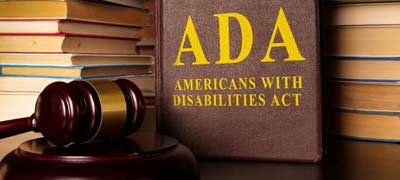Accessibility laws for housing are in place so people with disabilities in California and other parts of the country can enjoy the same housing opportunities as other Americans. However, there are many times when inspectors, auditors and regulatory organizations apply these regulations in a way that causes housing providers to become incorrectly labeled as non-compliant.
One common misconception regarding ADA compliance for housing providers is that properties must include units designated as ADA units. What people who make this mistake do not understand is the Americans with Disabilities Act directly addresses public accommodations. ADA regulations apply to all public areas that are part of a multi-housing property. However, these regulations do not apply to private living areas inside the apartments.
A second misunderstanding involves section 504 of the 1973 Rehabilitation Act. Many people believe this provision applies to all government-subsidized housing. Section 504 requires that 5% of the properties built under the Rural Development Program after 1982 provide full accessibility for people with disabilities. The same goes for HUD housing constructed after 1988. Government-subsidized apartments built before these dates possesses no obligation to meet these requirements.
There is also a bit of confusion with the distinction between accessibility and adaptability. The 1988 Fair Housing Amendments Act required that constructions built on or after March 1991 include specific and adaptable design features. The seven design features described in the Act make it possible to adapt the unit for full accessibility if the need arises.
ADA compliance laws are, for the most part, straightforward. However, they can sometimes become confusing to the novice. This confusion results in landlords being cited for non-compliance when they have done nothing to violate ADA regulations. Individuals accused of non-compliance with ADA regulations in error may benefit from an attorney familiar with ADA matters.

